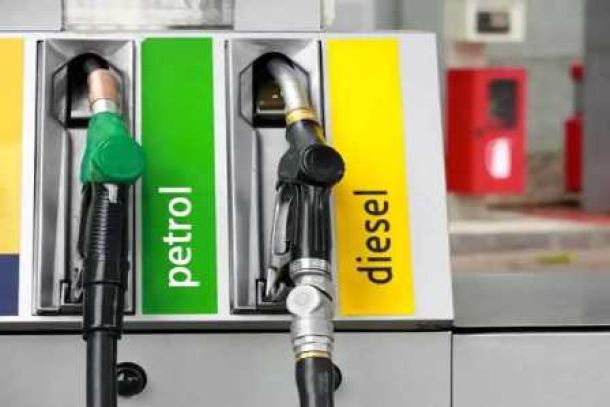Increase expected in consumer inflation
The focus this week will be on the September consumer inflation figure and retail trade sales for August. Statistics SA will release both indicators on Wednesday. Headline consumer inflation averaged 5.5% over the first eight months of 2017, having peaked at 6.75% year on year in December 2016.
Although the consumer price index (CPI) ticked up to 4.8% year on year in August from 4.6% in July, this was still below the consensus expectation for inflation to rise to 4.9% year on year.
Economists forecast the CPI to have climbed back just above 5% year on year in September, mainly due to higher petrol costs and the expected effect of quarterly price surveys of rental inflation and domestic worker wages.
In addition, elevated meat prices are expected to have slowed the downward trend in food inflation.
Food inflation peaked at 12% year on year in December 2016 but moved back inside the 3%-6% inflation target range in August. "The pace of moderation in consumer food inflation has been somewhat disappointing as producers and retailers [have extracted] some operating leverage," said Stanlib chief economist Kevin Lings.
The consensus is that consumer food inflation should continue to ease in the coming months. "Inflation is still expected to remain well under control and is forecast to average 5.4% for 2017 as a whole, helped largely by a further moderation in food inflation as well as favourable base effects," said Lings.
Most economists expect inflation to fall to the midpoint of the inflation target range in early 2018 before stabilising at about 5.5% in the second half
of the year.
Although retail sales underperformed in the first seven months of 2017, with growth of just 0.9% year on year compared to 2.6% growth year on year in the same period in 2016, the sector has posted small, positive gains in recent months. The August figure is likely to deliver another increase. BNP Paribas is expecting a reading of 2.8% year on year from 1.8% in July.
Senior economist Jeff Schultz said his forecast was underpinned by an uptick in household credit extension, lower goods inflation and a slightly less bleak outlook for durable goods purchases following the modest interest rate cut in July.
First National Bank economist Mamello Matikinca agreed that SA’s moderating inflation profile, particularly for food, and the recent 25 basis-point interest rate cut were providing "a modest tailwind" for stretched consumers.
Civil cases for debt, wholesale and motor trade sales figures, all for August, will be released on Thursday.
News Category
- International retailers
- On the move
- Awards and achievements
- Legislation
- Wine and liquor
- Africa
- Going green
- Supplier news
- Research tools
- Retailer trading results
- Supply chain
- Innovation and technology
- Economic factors
- Crime and security
- Store Openings
- Marketing and Promotions
- Social Responsibility
- Brand Press Office
Related Articles

Shoprite increases executive pay as consumers t...

Unions slam SA retailers for ‘profiteering’ as ...

Major Petrol Price Changes on the Horizon

Retailers not cutting food prices fast enough -...


